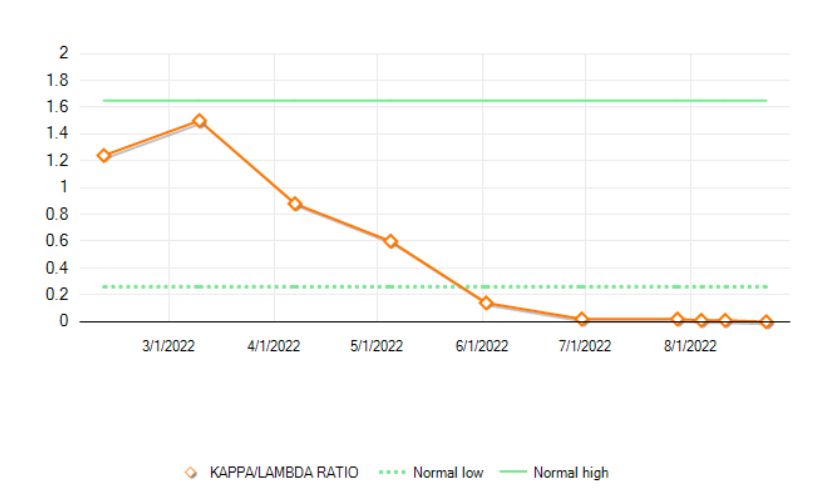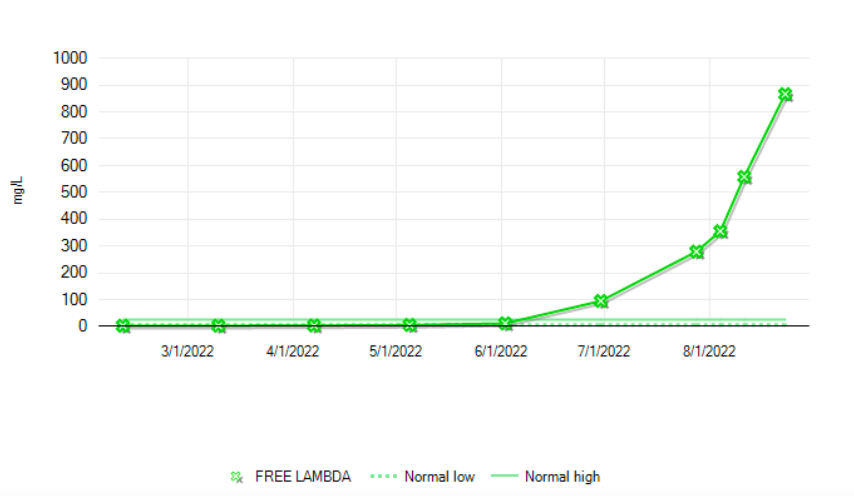Starting some weeks back, I was experiencing lower back pain. It wasn’t getting better. It was getting worse! I report anything out of the ordinary to the research team (I’m in a phase I clinical trial), and had been doing so with regard to this ailment.
Since the pain was only getting worse over time, my doctor decided to order a PET scan so he could tell if there was some myeloma blowing up in there. I had that PET scan a little more than a week ago, and it was determined that there was a compression fracture at L5. As far as I know, I’ve never had a vertebral fracture before this.
I saw someone from neurology as a next step, and I decided I would take their advice and have kyphoplasty. That’s scheduled for Tuesday, the 26th. I’m really happy to be having that done, because it’s said that the majority of people in my situation get pain relief almost right away.
In the last several years, I’ve broken my shoulder, a rib, and now this. If I had to rank them in terms of which one hurt the most, I don’t think I could. Each one had its own unique brand of horribleness. The L5, though, affects just about everything I do, from walking to standing and sitting. It’ll be a relief to get the kyphoplasty done.
The procedure will be done in the Interventional Radiology Department so the doctor can watch his progress using fluoroscopy.
I’ll let you know how it goes.

